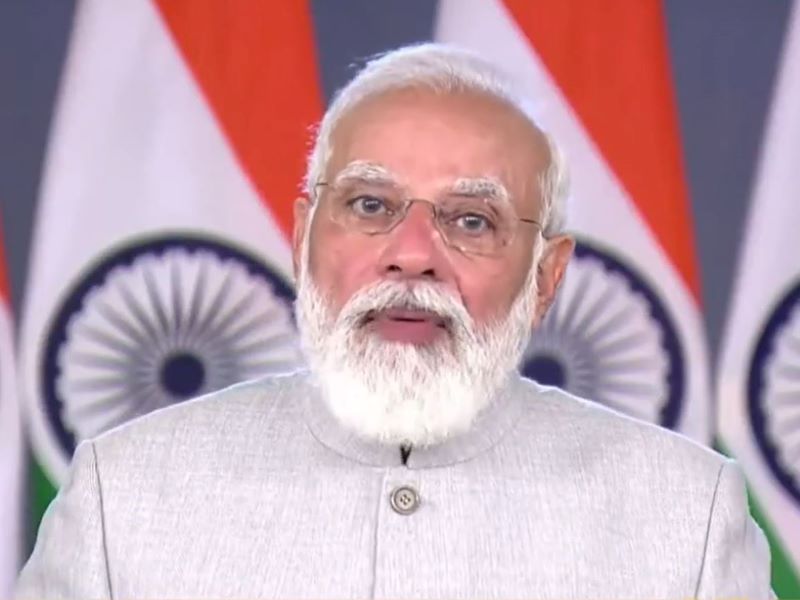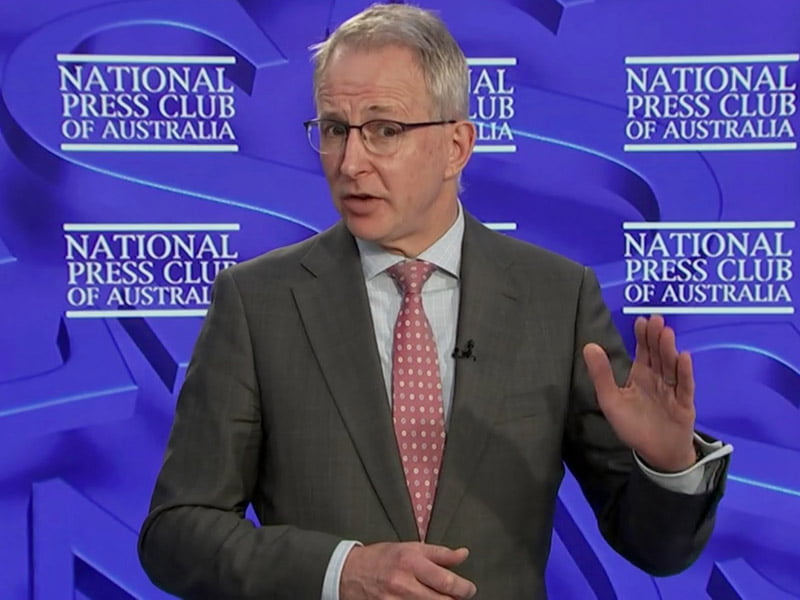With the Prime Minister headlining diplomatic visits to India in coming weeks it’s timely to recognise how much we can learn from India’s remarkable innovation in using digital technology to drive economic growth, as well as serve citizens better.
As I saw on a recent visit, perceptions of India as a huge, poor, technologically backward country bedeviled by a ponderous bureaucracy belong in the past.
India is a fast-growing powerhouse of digital technology, and that technology is revolutionising the way that government services are delivered.
India-based global technology giants like TCS, Infosys, Wipro and Coforge have long been major players in India and across the world. They contribute to Indian technology export earnings exceeding US$100 billion.
But what is striking today is the way that technology is being used to underpin remarkable reform within India.
The Modi Government has a very clear focus, led from the very top, on using information technology to serve citizens better.
Since coming to power in 2014, it has been rolling out its world leading ‘Digital India’ strategy – operating at a scale virtually no other country can match.

The strategy starts with the so-called ‘JAM’ trilogy.
M is for mobile – using the ubiquitous mobile phone as the critical piece of digital infrastructure to connect people to both government and private sector service providers.
Over a billion people have a mobile phone in India; 650 million are smartphones and that number is rising quickly.
A is for ‘Aadhaar’ (a Hindu word meaning ‘foundation’), a national identity system using biometric data such as iris scans and fingerprints.
Every Indian gets a unique 12-digit identity number – there are over 1.3 billion of them – and this identity becomes the foundation for access to a wide range of services.
And J is for Jan Dhan, the Indian Government’s financial inclusion program. Before this started, 42 per cent of people in India did not have a bank account. Around 470 million accounts have been established now.
These bank accounts allow for the direct transfer of government benefits to more than 900 million people.
From these three elements much else has been built, including the ‘unified payments interface’ – which lets people quickly transfer money to and from each other using their mobile phone, based upon their Aadhaar and bank account.
Every day there are around 250 million transactions on the UPI – around twice as many as Mastercard and Visa together achieve globally.
Today, Indians speak with pride of the efficient services they receive based on this infrastructure.
You apply for your passport digitally – and it is delivered to you three days later.
India’s COWIN COVID vaccination app was used to schedule more than two billion injections.
Delivering these programs so quickly, to such huge numbers of people, has been a remarkable achievement.
Both the design and implementation is impressive. These systems are based on the so called ‘India stack’ – a series of open APIs (application programming interfaces).
The whole approach is open platform to avoid the risk of getting locked in to any one technology vendor.
The Indian government sees this technology as the most speedy and efficient way to meet its policy goals. For example, allowing all citizens to have a bank account and be able to make and receive payments quickly, safely and at low cost.
The development and distribution of the technology is complemented by broader government policy decisions.
For example, in 2016 the Indian government announced that high denomination banknotes would be withdrawn from circulation and people had a brief period in which to exchange them for new notes.

International reporting at the time presented this as a puzzling and rather authoritarian act.
But ‘demonetisation’, as this decision is known in India, makes more sense when you see it as a strategy to encourage the use of bank accounts and digital payments – something it was effective in doing.
Of course, governments cannot do these things by themselves – the private sector has played a critical role.
The three major mobile operators, Airtel, Vodafone and Reliance Jio, are private sector businesses – each with around 300 million customers.
Jio entered the market only a few years ago, designing its business processes to sign up new customers efficiently using their Aadhaar identity number – and set a world record by adding 110 million customers in 170 days.
A mobile payment app Paytm became a market leader – and its parent company’s IPO was the biggest in India in 2021.
The big Indian technology businesses have done much of the IT program work to deliver these huge initiatives.
But the strategic direction – to drive economic activity, prosperity and inclusion through rolling out a world class, very large-scale digital infrastructure – has been set by the Modi Government.
Other governments are taking notice.
Both Singapore and the United Arab Emirates are looking to replicate the open stack architecture approach used by India.
In Australia too there is much we could learn from what India has done.
For instance, while some steps have finally been taken to progress the Coalition’s work on a digital identity scheme, more concrete action is required if we are to follow the ‘Aadhaar’ laid down by the government in India.
Prime Minister Albanese should bring back more than good intentions from his India visit.
Paul Fletcher is the Shadow Minister for Government Services and the Digital Economy.
Do you know more? Contact James Riley via Email.

Thanks Paul. You say India has remarkable innovation in using digital technology? Brilliant! We could just copy them. No need for Australia to figure out how to have remarkable innovation in using digital technology of our own. Imitate to Innovate always works. The more you imitate – the more (you can say that) you innovate. Mal Turnbull exhorted the APS to “plagiarize”. It’s a national pastime. Modi has a ‘Digital India’ strategy? We can’t get enough strategy. Love the stuff. Let’s have a Digital Australia strategy. And they have an open API? Awesome. We should get one as part of our “Australia stack” (that would be a COTS stack, off the shelf, buy-don’t build thing). Paul, it’s not hard to make fun of lawyers who try to talk about things they never studied. Should you leave the system architecture work to people qualified in the topic? Thanks. We’ll leave the law to you.